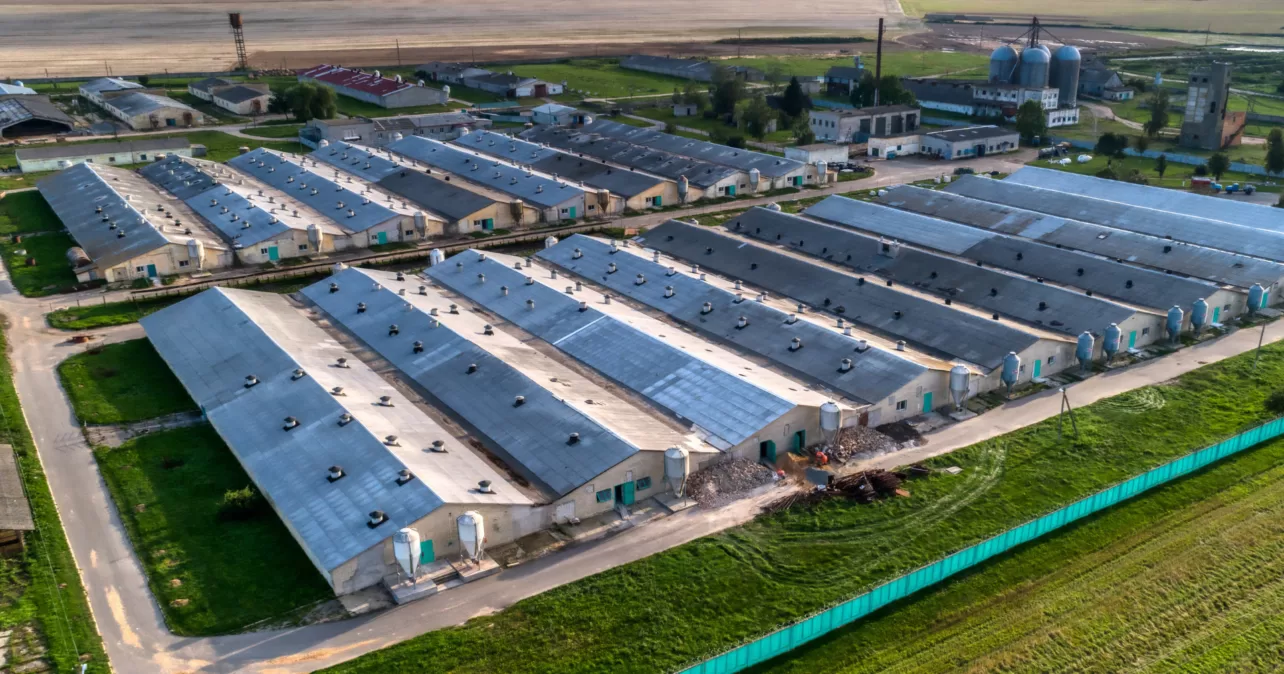Share
This guide provides instructions on how to navigate Wisconsin CAFO databases, comment on pending CAFO permit applications, find past CAFO violations, create custom aerial maps of CAFOs, and more. If you have any questions or comments, contact: WaterRangers@sraproject.org
Wisconsin Pollutant Discharge Elimination System (WPDES) Livestock Permit Public Notice
Use this site to find information and submit public comments for pending WPDES livestock permit applications
To Gather Information and Download Pending WPDES Permits
- Scroll to the table at the bottom of the page
- Identify the facility you want to access information for
- To view the pending permit, click the 10-digit permit number starting with “WI-”
- To view the official public notice, click the date in the Public Notice Date column
- To view the supporting documents, click “Fact Sheet with Supporting Documents” in the Supporting Documents column
To Submit a Public Comment
- Click the date in the Public Notice Date column to view public notice
- Identify the Permit Drafter’s address and email address in public notice. It will look like:
- Permit Drafter’s Name, Address, Phone and Email: [First Name] [Last Name], DNR, 141 NW Bartow Street, Waukesha, WI, 53188-3789, (xxx) xxx-xxxx, [Firstname].[Lastname]@wisconsin.gov
- Send your public comment to the Permit Drafter’s email address or physical address. Public comments will only be accepted for 30 days after the date of public notice.
Nutrient Management Plan (NMP) Revision Public Notice
Use this site to find and submit public comments on pending livestock NMP revision applications
To Gather Information and Track the Status of NMP Applications:
- Click “Track”
- Filter results on the left by status, county, and/or type of permit
- Search by applicant, application, or project name; click enter/return
- Newest applications are at the top
- Click an application for the files of that application
- Important Files:
- Nutrient Management Plan (NMP) Narrative
- Provides current and expected animal numbers for the CAFO’s five-year permit
- Provides volume of manure generated for all sites and sources of the CAFO
- Provides the amount of manure, processed wastewater, and other sources to be applied to land
- Field Boundary Map
- Aerial photograph of the fields where waste would be applied
- Spreading Restriction Maps
- Aerial photograph with overlays indicating where land application of manure is restricted
- Nutrient Management Plan (NMP) Narrative
- Important Files:
- Download files by clicking “Download Item” in red on the right side of the screen
To Submit a Public Comment
- Click “View”
- Click “Livestock operations” in blue at the bottom of the page
- Filter results on the left by status, county, and/or type of permit
- Click an application number to view the files of that application
- Click “Submit Public Comment”
- Fill out the form
- Note: If you want to request a public hearing, check the box next to “Public Hearing Requested” and fill out the text box indicating why you are requesting a public hearing
- Click “Submit”
Bureau for Remediation and Redevelopment Tracking System
Use this site to find CAFO manure spills and spill reports that note spill volumes and locations
- In the “Search Criteria” section, use the “Activity or Location Name” box or the combination of “Activity Type,” “Substance,” and “Start Date.”
- If you use the “Activity or Location Name” function, type the activity or location name you want to find
- If you use the combination of “Activity Type,” “Substance,” and “Start Date,” make the following selections:
- Spill for “Activity Type”
- Manure for “Substance”
- After and then the date for “Start Date”
- Click the bold print name to open a spill report
- Click the red “PDF” icon under “File” to get the full spill report with pictures
- List of spills can be copied and pasted to a document for sharing if desired
Use this tool to map CAFOs and impaired waterways
- Click “Launch the NEPAssist Tool” on right
- Type the address/city/location you want to view on the top left
- Go to the drop-down menu under “Basemap” on the top menu. Click “Bing Maps Hybrid” to add a satellite image base map
- Use the “Select Map Contents” section on the right to add layers to the map
- To make an impaired waterway map:
- Click the + sign next to “Water”
- Click “Impaired Streams”
- Click “Impaired Waterbodies”
- Print or save map
- You can also add more layers by clicking each + beside other map layer items to make maps with more/different information
Use this tool to map impaired waterways and find impaired waterway reports indicating the reason for impairment
- Enter a location such as address, zip, city, county, waterbody, park name, etc. (e.g., 22207, Arlington, VA, or Jones Creek).
- Click “More Data” at top
- Click” Additional Data Layers”
- Click “Water Features”
- Click “Impaired Streams”
- Click “Impaired Waterbodies”
- If you click the red impairment line you’ll get a text box
- Click “MORE INFO” next to the “WaterbodyReportLink”
- This will give you the cause of impairment on the right side of your screen
- Print or save
Use this site to identify wetlands near CAFOs
- Click the “Wetlands Mapper” link at the bottom of the page to launch the map
- On the left, there will be two drop-down boxes:
- Base Maps Includes:
- Streets
- Satellite
- Hybrid
- Topo
- Terrain
- Gray
- Open Street Map
- NATGEO
- USGS Topo
- NAT’L MAP
- Map Layers Includes:
- Wetlands
- Riparian
- Riparian Mapping Areas
- Areas of Interest
- FWS Managed Lands
- Historic Wetland Data
- Base Maps Includes:
- Choose your preferred basemap, then click all boxes under Map Layers
- The USGS Topo basemap will provide a topographic map with waterways; the Satellite basemap shows an aerial view of the land
- Type an address or coordinates
- Zoom in or out to adjust picture
- Wetlands will be shown on the map
- Take your arrow and click on wetland
- A box will open to give total acreage of wetland and a description
- To measure the distance from a wetland to a CAFO:
- Click “Measure” in the upper left corner
- Click the ruler with arrows going left and right above it
- Click your cursor on the map and drag it to the location to which you want to measure
- View the distance in the gray box
- To measure the acreage of an area:
- Click “Measure” in the upper left corner
- Select the ruler icon with a green shape behind it
- Select points on the map to measure the acreage of an area
- De-select the ruler icon to exit the tool
- Click Print on the map to create a physical copy
Water Quality Standards by State
Use this site to find your state’s water quality standards
- Scroll down to the colorful map of the United States
- Click the state for which you want to find water quality standards
- Use the links under “State Standards in Effect for CWA Purposes” to find water quality standards in the state.

